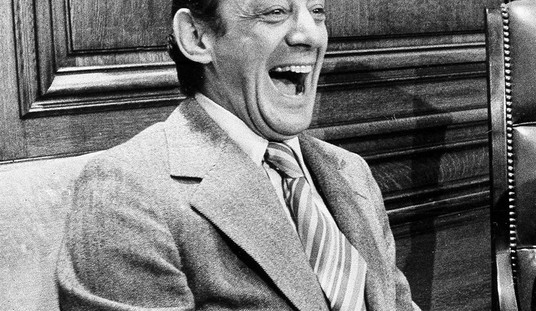A Marine infantry officer sends these observations on the terrorist tactics used at Mumbai.
From what I can gather there are a few interesting observations to be made of the tactics in use in Mumbai:
It appears the attackers were organized into buddy pairs, allowing one to shoot while the other moved, and so forth. Interestingly, the buddy pair has is a later innovation in small unit tactics and has only been slow to trickle through regular infantry formations. In World War I, the smallest element of maneuver (on paper) might have been a battalion or company. The Germans, in developing “storm troop tactics” then innovated even smaller maneuver elements, which we might call squads today. The role of platoons and squads became only greater in WWII. After WWII, General S.L.A. Marshall conducted a massive study of the reactions of men in combat (See “Men Against Fire”) and the result of his work was the genesis of the Fire Team. The Fire Team is now the smallest doctrinal unit of maneuver in the US military. In the Marine Corps, it is led by a Corporal, includes an automatic rifleman with a Squad Automatic Weapon, and two more riflemen.
During the Iraq War, two innovations have taken place: first, within the Marine Corps, the concept of the “buddy pair” or “buddy team” has spread dramatically, though it is still not doctrinal (it should be). The idea may have begun in the special forces, though I am not sure. The advantage of smaller and smaller units of maneuver is that if they rehearse their actions and build cohesion within the unit, they develop ever greater levels of capability *at that level*. A well-trained buddy pair with the right mindset and enough ammo can take over a city block, house by house, while under fire. The other innovation that has taken place in Iraq is to take the Fire Team and make it into a motorized element, inside one vehicle. This is less in favor now that everyone realizes that moving around in vehicles makes you seem more like robots to the locals and they then have less of a problem with killing you. In any case, all of these changes have one large thing in common — a decentralizing of decisionmaking and maneuver.
And now in Mumbai it would seem we have seen the ultimate result: autonomous buddy-pairs, with a great deal of rehearsals and navigation practice, each with its own set of goals, possibly redundant comms with brevity codes. I would imagine that each team had multiple preplanned routes to each of its objectives before they finally converged on the location for the last stand. Along the way, as some have wondered, they may have stopped for quick logistics reloads of ammo and water.
Here are some thoughts, in no order:
1. The school shooting at Columbine springs to mind when looking for analogies.
2. One of the advantages of a buddy pair, as mentioned above, is the ability to fire and move. One fires while the other moves, and then they switch. In this way, moving from cover to cover, they take ground. But this concept becomes interesting when considered against the fact that the terrorists seemingly had no one firing against them, and they did not have to disciplined in taking well-aimed shots . . .
3. . . . A photographer noted how “cool” and “professional” they looked as they sprayed from the hip. Shooting from the hip is not extremely professional, but this only is if one wants to take well-aimed shots. Perhaps shooting from the hip is very professional if one wants to spray in across a broad angle while maintaining a wider field of view than if behind the sights of your weapon. In other words, if facing no armed opposition, you have the luxury of spraying broadly, and the most dangerous thing to you is an armed threat that comes from outside your narrowed peripheral vision while using your iron sights.
4. Note this sentence, from the AP article: “They weren’t aiming at anyone in particular. It was like they wanted to empty their magazines and do as much damage here as possible before heading to the Taj,” I would argue that the terrorists, while being superbly motivated, and having planned intricately for their assault, are nevertheless poor marksmen. Given the details that we are learning of their attack, the most surprising thing is that more people weren’t killed.
5. It seems that there is a convergence taking place within the realm of small-unit tactics. Infantry units, terrorists, police forces, criminal and narco-gangs, and so forth are all converging in terms of the tactics they use against one another. The only tactical difference between 5 terrorist buddy pairs and a Marine rifle squad is their goal: the former seeks a position to create the most carnage indiscriminately for the longest period of time while the latter might be sweeping or clearing an area or conducting a manhunt, meaning it seeks to use the utmost precision in its application of force. If I may presume: the terrorists have learned fire and movement from us, from watching us, and from reading our manuals, which are posted online. But our tactics are not geared toward indiscriminate slaughter. The question is, will they develop any tactical innovations that allow them that advantage?
Update
I’ve received email requests to show a YouTube clip of the Val Kilmer/Robert de Niro “buddy pair” from Heat, which illustrates the concept of mutual support. — W.
[youtube ONHHdjyyVHo]










Join the conversation as a VIP Member